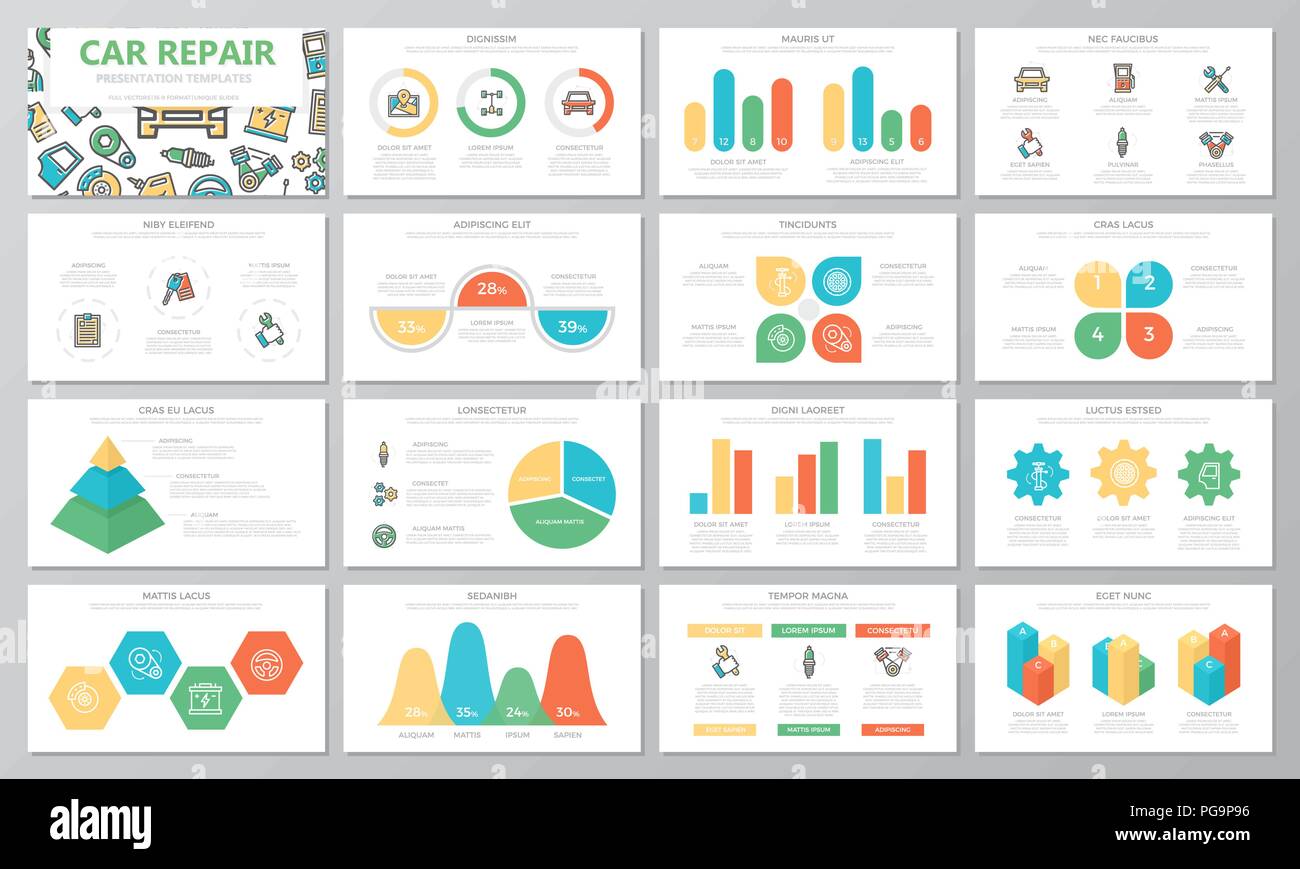Evaluating Your Car'S Warning Indicators: What They Actually Communicate
Evaluating Your Car'S Warning Indicators: What They Actually Communicate
Blog Article
Post Composed By- updated blog post
When you lag the wheel, those glowing warning lights on your dashboard can be a bit difficult. Do you recognize what they're attempting to inform you regarding your car's health? Comprehending the relevance of these lights is vital for your security and the long life of your car. So, https://remingtonrmgzu.weblogco.com/31294504/really-feeling-unsure-regarding-which-auto-service-center-to-pick-discover-beneficial-pointers-from-specialists-on-situating-reputable-solutions-in-your-location-that-will-aid-you-really-feel-much-more-certain of those lights appears, would not you intend to decode its message accurately and take the necessary steps to resolve it?
Common Caution Lights and Interpretations
Identify common caution lights in your vehicle and comprehend their meanings to guarantee safe driving.
One of the most common caution lights include the check engine light, which signals issues with the engine or discharges system. If this light comes on, it's essential to have your lorry checked immediately.
https://ricardodyrmg.blogdun.com/31803475/really-feeling-uncertain-concerning-which-automobile-repair-shop-to-select-find-out-valuable-pointers-from-experts-on-situating-trustworthy-solutions-in-your-area-that-will-help-you-feel-a-lot-more-positive alerting light suggests reduced oil pressure, calling for instant attention to avoid engine damage.
A blinking battery light could recommend a malfunctioning charging system, potentially leaving you stranded if not addressed.
The tire stress surveillance system (TPMS) light signals you to reduced tire pressure, impacting lorry security and gas performance. Neglecting this could result in dangerous driving problems.
The abdominal muscle light shows a trouble with the anti-lock braking system, jeopardizing your ability to quit quickly in emergencies.
Finally, the coolant temperature level advising light warns of engine overheating, which can lead to extreme damage if not solved swiftly.
Recognizing these common warning lights will help you address concerns immediately and keep secure driving problems.
Significance of Prompt Focus
Comprehending the typical warning lights in your automobile is only the first step; the relevance of quickly addressing these cautions can not be highlighted enough to ensure your security when driving.
When a caution light brightens on your control panel, it's your auto's way of interacting a possible concern that requires attention. Disregarding these warnings can result in a lot more severe problems in the future, endangering your safety and possibly costing you extra in repairs.
Prompt interest to cautioning lights can prevent malfunctions and mishaps. For example, a blinking check engine light could indicate a misfire that, if left unattended, might trigger damage to the catalytic converter. Resolving this without delay can conserve you from a costly fixing.
Similarly, a brake system alerting light might signify reduced brake liquid or worn brake pads, essential parts for your security when driving.
DIY Troubleshooting Tips
If you observe a warning light on your dashboard, there are a few do it yourself fixing ideas you can attempt prior to looking for specialist assistance.
https://cristianiarkb.webbuzzfeed.com/31746617/having-a-hard-time-to-select-a-vehicle-repair-shop-discover-expert-guidance-on-recognizing-trustworthy-solutions-in-your-location-that-will-certainly-help-you-feel-secure is to consult your vehicle's manual to comprehend what the particular caution light indicates. Occasionally the concern can be as straightforward as a loosened gas cap setting off the check engine light. Tightening up the gas cap may fix the trouble.
An additional typical problem is a reduced battery, which can activate different advising lights. Inspecting the battery links for deterioration and ensuring they're safe and secure might deal with the problem.
If a caution light lingers, you can attempt resetting it by disconnecting the car's battery for a few minutes and then reconnecting it. Furthermore, inspecting your car's fluid degrees, such as oil, coolant, and brake liquid, can assist fix alerting lights associated with these systems.
Final thought
Finally, recognizing your vehicle's warning lights is essential for maintaining your vehicle running smoothly and securely. By without delay resolving these notifies and recognizing what they indicate, you can avoid expensive fixings and possible failures.
Bear in mind to consult your automobile's handbook for particular information on each cautioning light and take action as necessary to make certain a hassle-free driving experience.
Remain notified, stay secure when driving!
